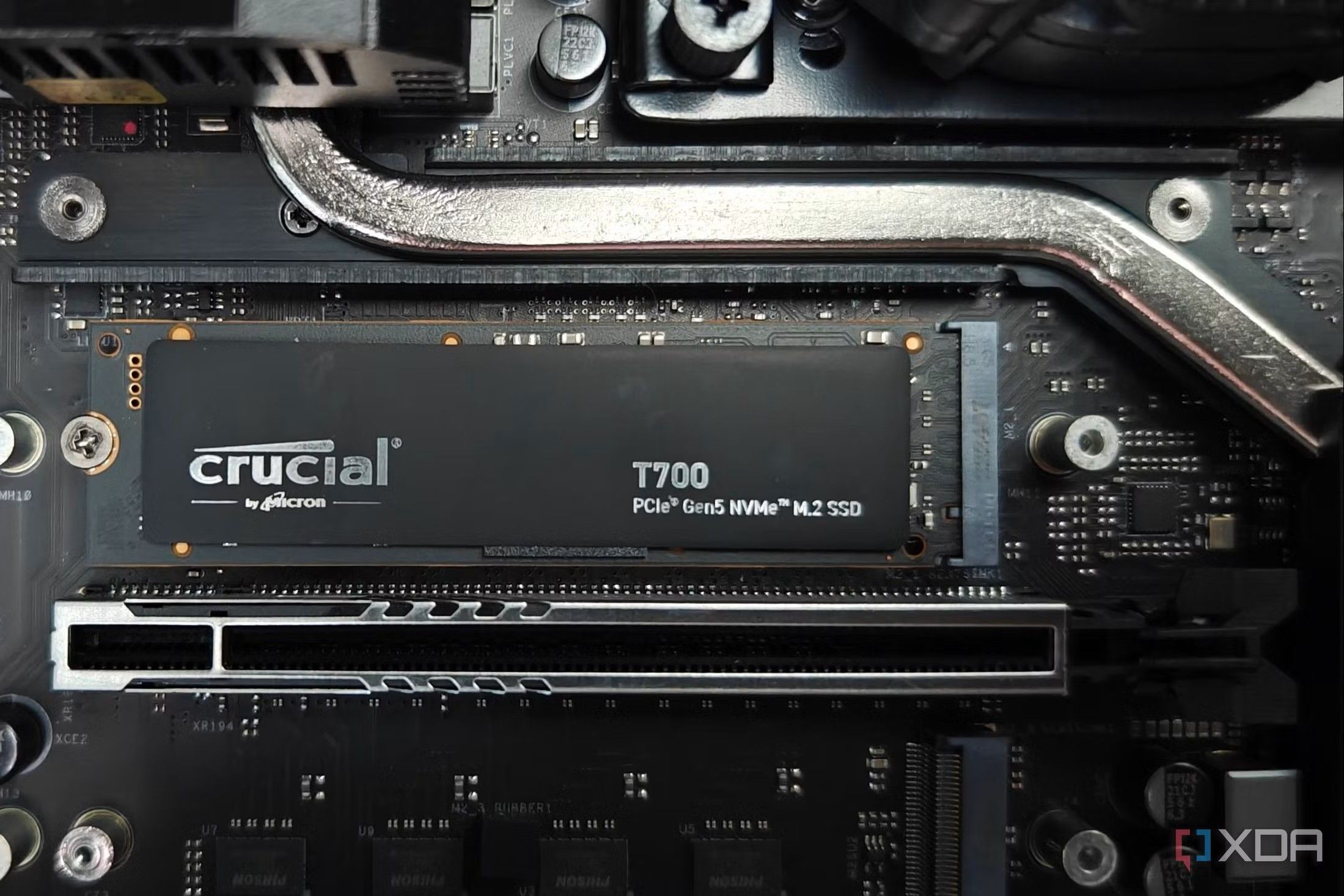Top Stories
New Tricks to Maximize Your NVMe SSD Performance Today

UPDATE: Tech enthusiasts are urged to implement crucial maintenance techniques for their NVMe SSDs to optimize performance and prolong lifespan. With the rise in demand for high-speed storage solutions, these tips can significantly impact users’ digital experiences.
Recent reports reveal that while NVMe (Non-Volatile Memory Express) SSDs offer unmatched speed and efficiency, basic care is essential to maintain their performance and prevent early wear. This is particularly important as more users rely on NVMe drives for booting operating systems, gaming, and handling large files.
Experts emphasize the importance of keeping TRIM enabled. This vital command allows operating systems to inform SSDs about unused data blocks that can be cleared. Neglecting this feature could lead to residual data cluttering the drive, ultimately degrading write speeds. To check TRIM status on Windows, users can simply execute the command: fsutil behavior query DisableDeleteNotify. If the output is 0, TRIM is active; if it’s 1, users must enable it with the command: fsutil behavior set DisableDeleteNotify 0.
Another critical tip is to maintain 10-20% free space on the SSD. Unlike traditional hard drives, SSDs rely on free space for efficient data management. Filling the drive to capacity can force the system to rewrite existing data more frequently, leading to faster wear. Users are advised to keep their NVMe drives under 80% capacity to optimize performance.
Temperature control is also vital. NVMe drives can overheat, especially when located near GPUs or in cramped spaces. If temperatures exceed 70°C, throttling may occur to prevent damage, negating the drive’s speed benefits. Monitoring tools like CrystalDiskInfo are recommended during intensive tasks. Installing heatsinks or improving case airflow can mitigate overheating issues.
Surprisingly, many users still attempt to defragment their SSDs, a practice that is outdated and unnecessary for these drives. Unlike traditional hard drives, SSDs benefit from TRIM optimization rather than defragmentation, which can add wear from unnecessary write cycles. Windows typically manages this automatically, keeping defrag off for SSDs.
For those with heavy workloads, such as video editors or database managers, avoiding excessive write operations is crucial. Users should consider utilizing secondary storage for temporary files or caching to reduce the load on their primary NVMe SSD. This strategy can extend the drive’s life and maintain optimal performance.
Finally, monitoring SSD health is essential. Although NVMe drives are durable, regular checks can help users catch potential issues early. Tools like CrystalDiskInfo, Smartmontools, and manufacturer-specific applications like Samsung Magician provide insights into drive health, including total writes and SMART status.
In conclusion, implementing these straightforward practices can help users maximize their NVMe SSD investment. While these drives are designed for longevity, small adjustments can significantly enhance performance and protect against data loss. Share this urgent update with fellow tech users to ensure they are getting the most out of their NVMe SSDs today!
-

 Sports1 week ago
Sports1 week agoSteve Kerr Supports Jonathan Kuminga After Ejection in Preseason Game
-

 Politics1 week ago
Politics1 week agoDallin H. Oaks Assumes Leadership of Latter-day Saints Church
-

 Business1 week ago
Business1 week agoTyler Technologies Set to Reveal Q3 2025 Earnings on October 22
-

 Lifestyle1 week ago
Lifestyle1 week agoDua Lipa Celebrates Passing GCSE Spanish During World Tour
-

 Entertainment1 week ago
Entertainment1 week agoZoe Saldana Advocates for James Cameron’s Avatar Documentary
-

 World1 week ago
World1 week agoD’Angelo, Iconic R&B Singer, Dies at 51 After Cancer Battle
-

 Science1 week ago
Science1 week agoChicago’s Viral ‘Rat Hole’ Likely Created by Squirrel, Study Reveals
-

 Lifestyle1 week ago
Lifestyle1 week agoKelsea Ballerini Launches ‘Burn the Baggage’ Candle with Ranger Station
-

 Health1 week ago
Health1 week agoRichard Feldman Urges Ban on Menthol in Cigarettes and Vapes
-

 Health1 week ago
Health1 week agoCommunity Unites for Seventh Annual Mental Health Awareness Walk
-

 Business1 week ago
Business1 week agoMega Millions Jackpot Reaches $600 Million Ahead of Drawings
-

 Business1 week ago
Business1 week agoMLB Qualifying Offer Jumps to $22.02 Million for 2024









